الباحث محمد مامي
الباحث عماد رقاد
الجمهورية الجزائرية الديمقراطية الشعبية
الملخص
تناولت هذه الدراسة بالبحث والتحليل منظومة الاستحكامات العسكرية في بلاد المغرب الإسلامي خلال العصر الوسيط، بهدف إبراز أنواعها، وخصائصها المعمارية، وأدوارها الدفاعية والاستراتيجية. واعتمدت الدراسة على المنهج الوصفي التحليلي، من خلال استقراء وتفسير المصادر التاريخية والجغرافية الأولية، ومقارنتها بالدراسات الأكاديمية الحديثة. استهلت الدراسة بتعريف المفاهيم الأساسية للاستحكامات العسكرية كالأسوار والحصون، ثم تعمقت في دراسة “الرباطات” كنموذج معماري دفاعي فريد، مع التركيز بشكل خاص على الرباطات البحرية ودورها المحوري في حماية السواحل من الهجمات الخارجية. وقد شمل البحث تحليل نماذج تطبيقية لعدد من المدن الساحلية والداخلية البارزة مثل سوسة، والمنستير، وسفاقس، وتاهرت، مستعرضةً مواد بنائها، ووظائفها الدفاعية والاجتماعية والدينية. وخلصت الدراسة إلى إبراز الأهمية الاستراتيجية لهذه المنشآت ليس فقط كبنى عسكرية، بل كعناصر حضارية عكست قوة الدول المتعاقبة كالأغالبة والرستميين، وأسهمت في تشكيل النسيج العمراني والدفاعي للمنطقة.
abstract
This study addressed the system of military fortifications in the Islamic Maghreb during the medieval period, aiming to highlight their types, architectural characteristics, and defensive and strategic roles. The study employed a descriptive-analytical methodology, interpreting primary historical and geographical sources and comparing them with modern academic research. It began by defining fundamental concepts of military fortifications such as walls and forts, then delved into the study of “Ribats” as a unique defensive architectural model, with a special focus on maritime Ribats and their pivotal role in protecting the coasts from external attacks. The research included an analysis of practical models from several prominent coastal and inland cities like Sousse, Monastir, Sfax, and Tahert, examining their construction materials and their defensive, social, and religious functions. The study concluded by emphasizing the strategic importance of these installations not only as military structures but also as civilizational elements that reflected the power of successive states like the Aghlabids and Rustamids, and contributed to shaping the region’s urban and defensive fabric
